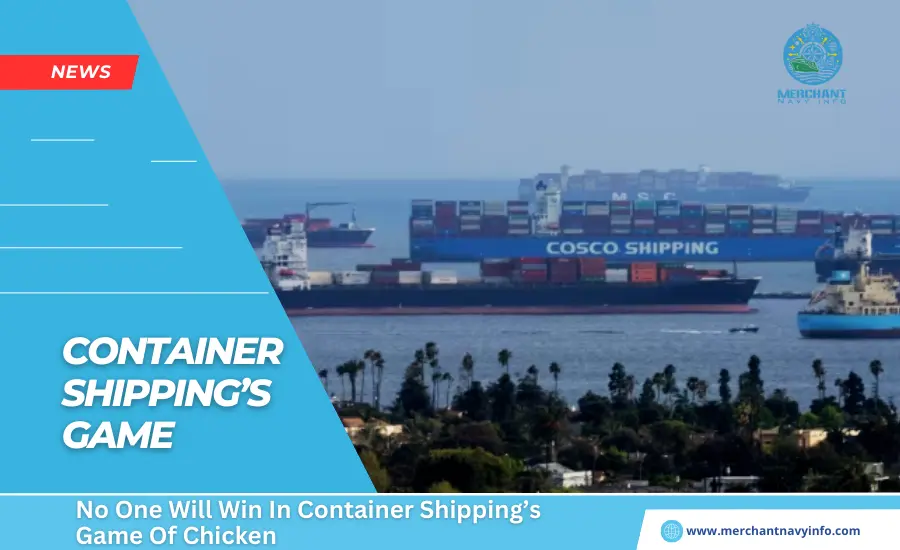
The best way to win a game of chicken is to show that you are fearless, unpredictable, and a bit reckless. This is the approach taken by large container shipping companies. Despite having already ordered enough vessels to result in overcapacity, they continue to order more to gain a larger share of the market.
In 2023, the industry took delivery of ships with 2.3mn twenty-foot equivalent units (TEUs) of capacity in aggregate for an annual growth rate of about 8 percent. According to Bernstein Research, a further 10 percent increase is expected this year.
The container shipping industry has vessels on order for the equivalent of almost a quarter of current capacity. But operators continue to signal a willingness to suffer in the name of growth. Japanese company ONE confirmed an order for 12 methanol-powered dual-fuel vessels this year.
The container shipping industry’s growth-at-all-costs strategy is sounding alarm bells for investors. Ebitda margins dropped in the fourth quarter of 2023, and the industry reported negative net income. While disruptions in the Red Sea have boosted spot freight rates. Most vessels are tied to long-term agreements, limiting the benefits to shipowners. AP Moller-Maersk even issued a warning of a larger-than-expected hit to 2024 profits. The industry’s reliance on longer routing around the Cape of Good Hope is a temporary fix that will eventually reverse, further exacerbating the overcapacity issue.
Container Shipping Lines Stay the Course Despite Looming Collision
There is little reason to hope that operators will swerve off their collision course anytime soon. Balance sheets are still healthy. Maersk has no net debt. In aggregate, Bernstein thinks the ten leading operators that report financial information hold $31bn of net cash. Meanwhile, idling and scrapping — currently at record lows — are unlikely to take off until freight rates fall below the cash cost of those older ships.
The container shipping industry is bracing for a double blow. Not just cyclical pain but also a structural headwind is on the horizon. Global supply chains are being reconfigured, a process accelerated by pandemic-related disruptions and geopolitical concerns. While onshoring is a complex and time-consuming process, the trend towards shorter supply chains will dampen shipping demand relative to gross domestic product. This, coupled with the industry’s big overcapacity, paints a challenging future.










